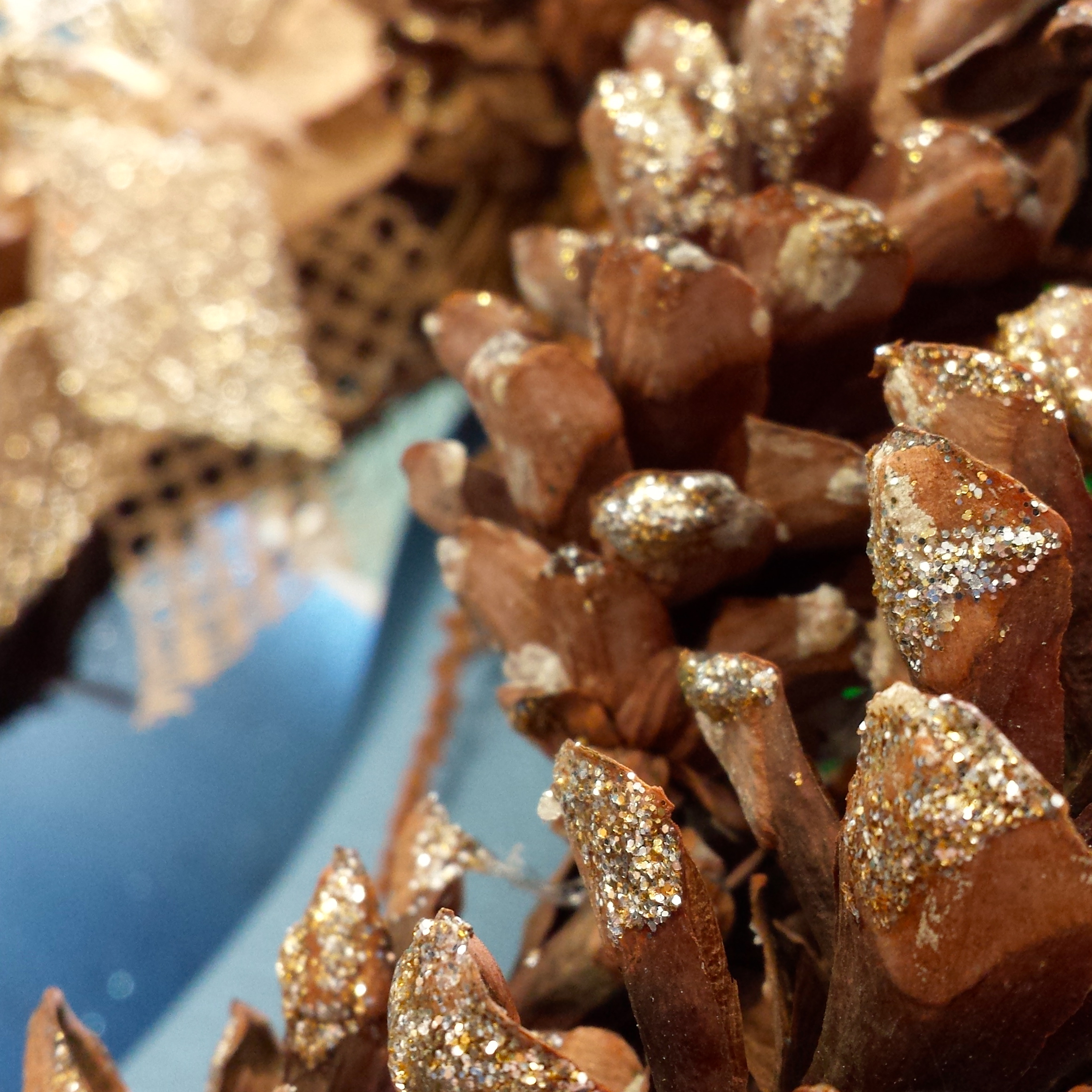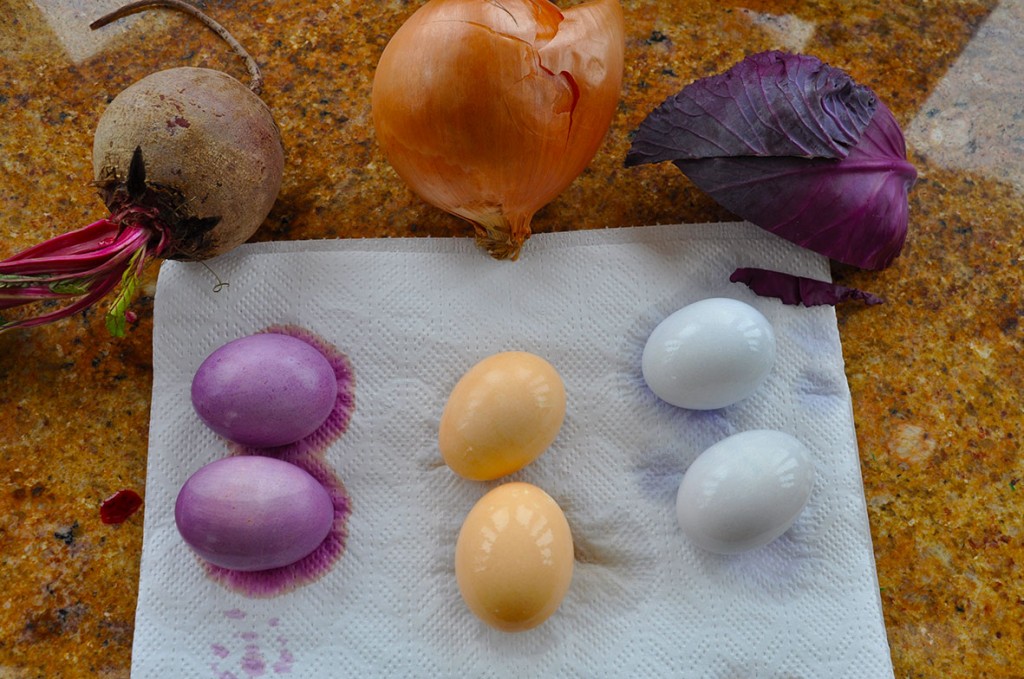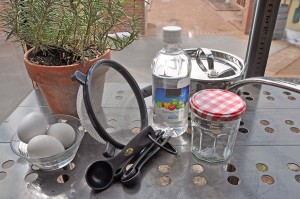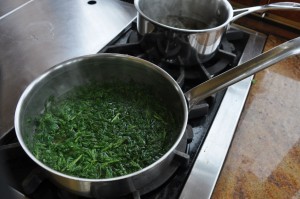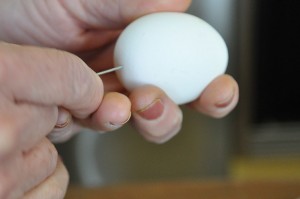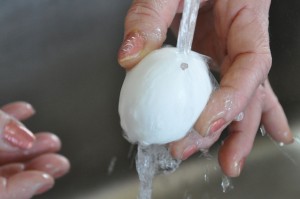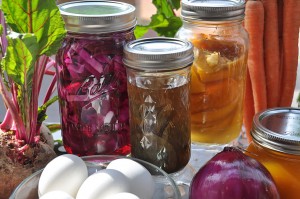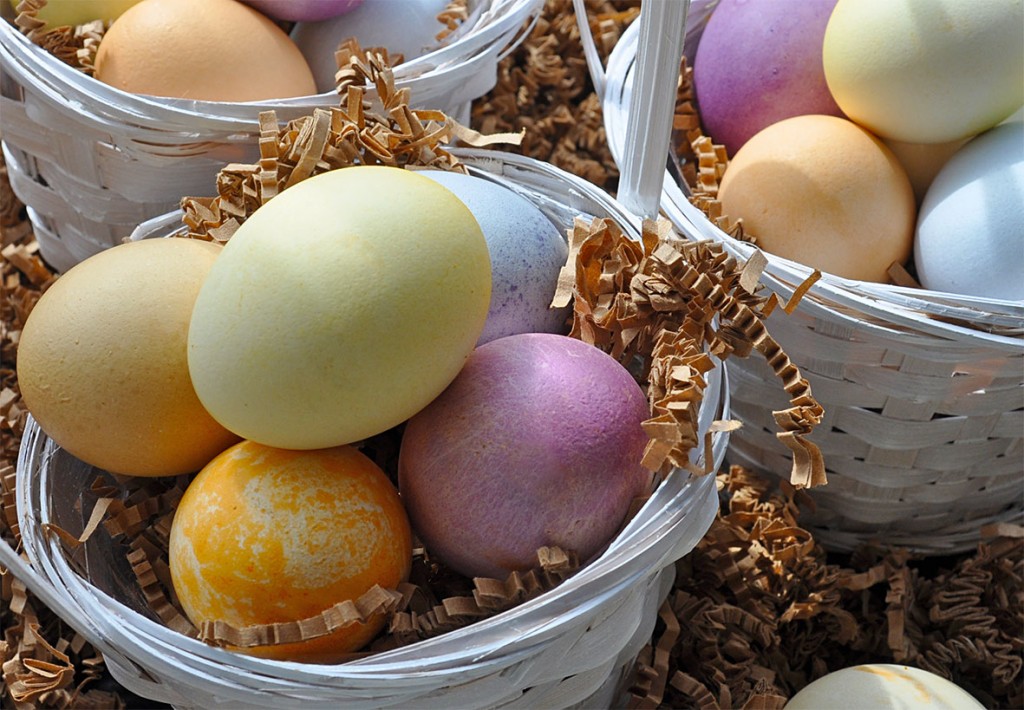As I stepped out of my house this morning, I thought: “I can smell winter.” It’s that subtle shift that you feel as the days click on, and we are led farther away from the beloved fall season.
The days continue to get shorter, and the sun doesn’t seem to shine quite as bright so naturally; moods shift, and energy becomes muted. I have a number of friends and family members who suffer from Seasonal Affective Disorder, or SAD. Its abbreviation says it all: lackluster moods, low energy, and even mild depression.
Seasonal Affective Disorder is defined as depression associated with late autumn and winter, thought to be caused by a lack of light. Most people with seasonal affective disorder have symptoms that start in the fall and continue through the winter months, which in the Midwest, can seem endless. Lucky enough, there are many ways to remedy this SAD state of mind.
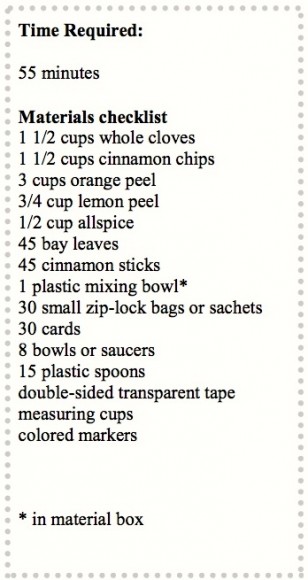
Let’s begin by talking about a few winter-themed Horticultural Therapy (HT) activities that will fill your home or office with the sights and smells of the season.
One of my favorite HT activities to do this time of year is our ‘Simmering Spices’ project. During this activity, participants mix together a wide array of spices to create a holiday sachet to use in their home or office, or give as a gift. This activity serves as therapy on multiple levels. It encourages participants to engage their fine motor skills as they measure, mix, and create the sachets. Perhaps more meaningful, however, are the vivid and wonderful memories that are brought forth with the smells of the spices.
Scent triggers the area of the brain that is connected to the experience of emotion as well as emotional memory. I see this time and time again in my sessions; a participant smells a spice such as rosemary and become engulfed with memories of his or her mother’s roast turkey during the holidays. Socialization plays a large role in horticultural therapy, and it’s a joy to share in the memories with my many participants; young and old.
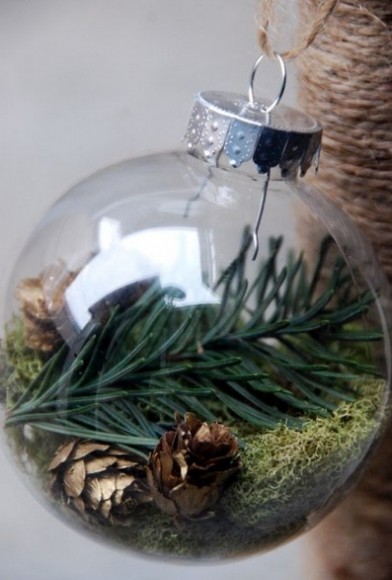
Another fun, and inexpensive, activity is our ‘Holiday Greens Ornament’ project. For this activity, participants get the opportunity to create a beautiful ornament out of fresh, seasonal greens. When I bring this activity to one of my school classrooms, I like to incorporate a garden walk as part of the session. The students, teachers, and I take a quick (and if it’s cold, very quick) walk around the school gathering small acorns and pine cones to add more interest to the ornaments.
Most of the craft supplies for the activity can be found at your local craft store. I use clear, plastic ornaments, fake snow, and ribbon to add additional visual appeal to the greens. These ornaments make a beautiful addition to any tree or gift to a loved one.
My final recommendation to combat those winter blues is to fully embrace the beauty of the season. Winter is not always the easiest season to get along with; that much I’ll admit. It’s cold and gray and seemingly endless, but it’s also fascinating and full of unique beauty.
If you’re feeling blue, bundle up and take yourself on a walk around your neighborhood, and appreciate our region and its four distinctly different and beautiful seasons. As you walk, gather some pine cones, and create a fresh wreath using natural supplies. Activities like these will turn a SAD state of mind to a glad one, with just a bit of effort. And of course, if all else seems gray, a nice hot cup of hot cocoa (which always tastes better in the winter) and some whipped cream will surely add a bit more enjoyment to any activity or winter’s day.
Happy holidays!

